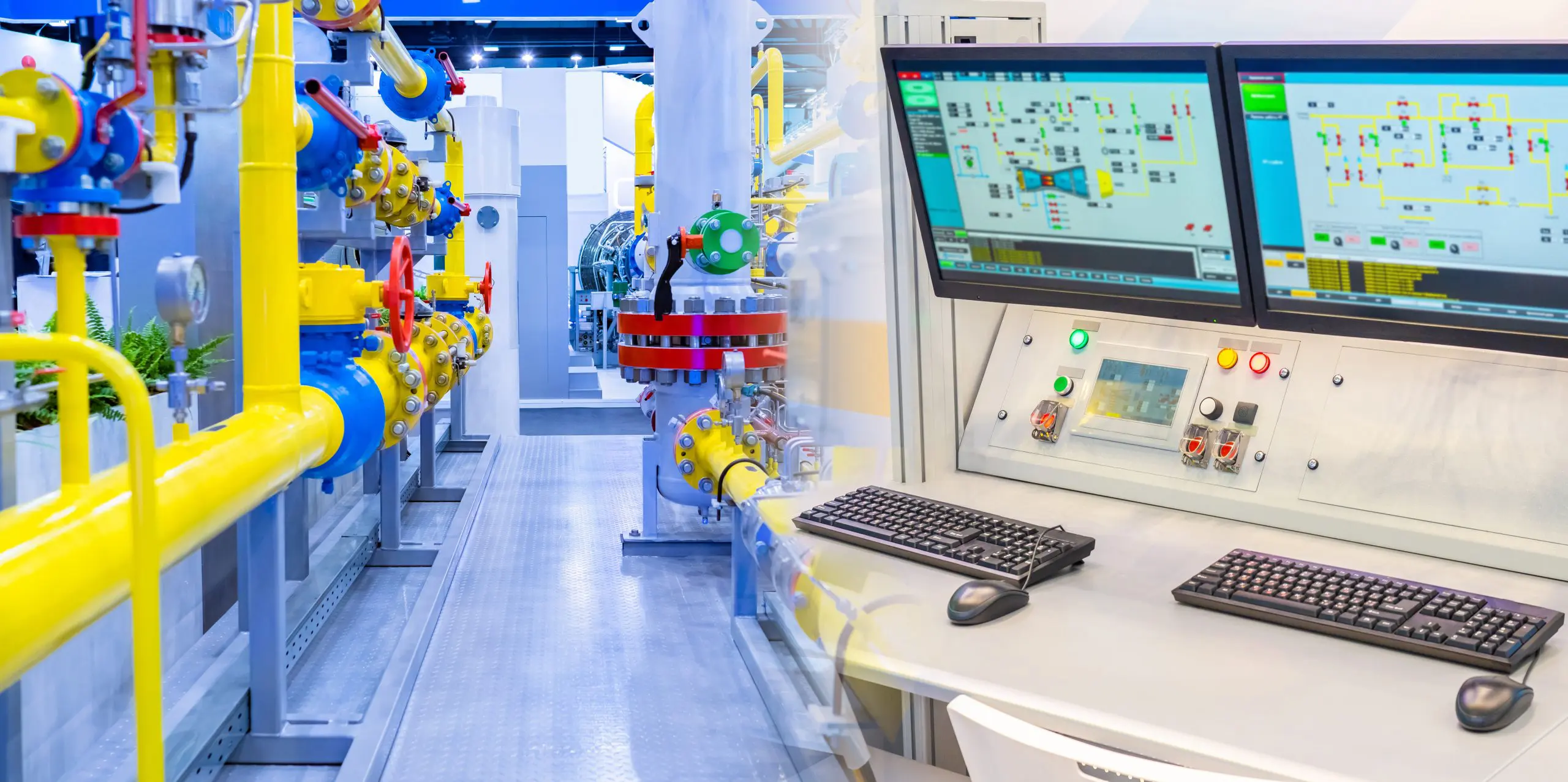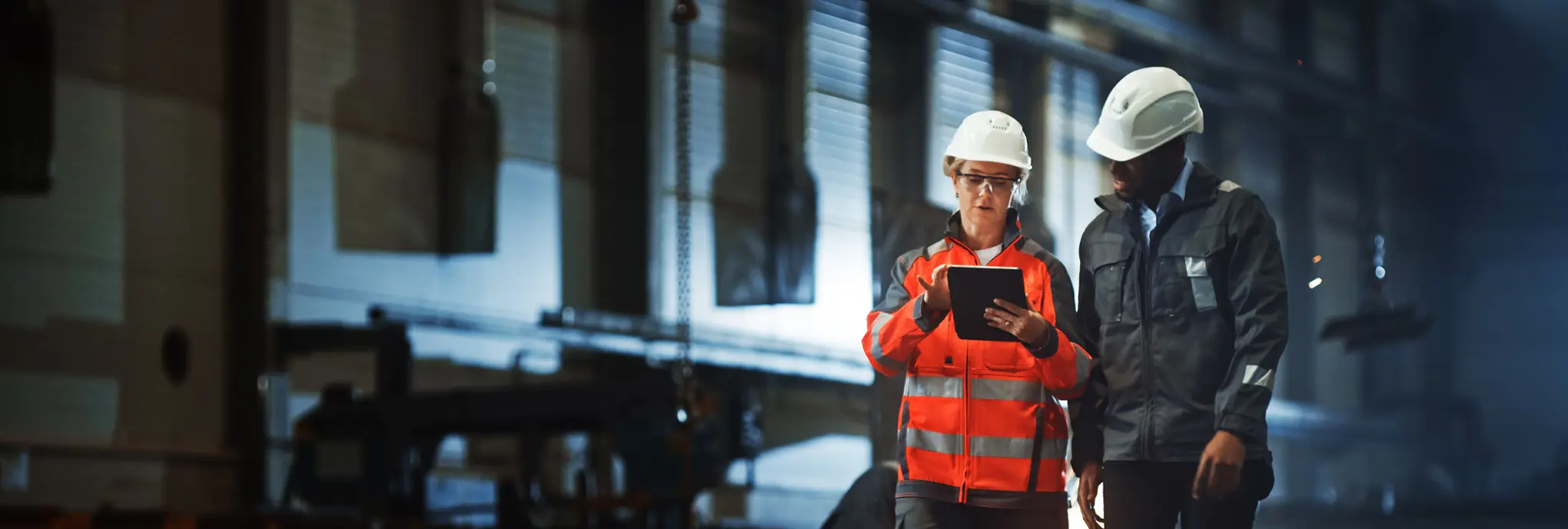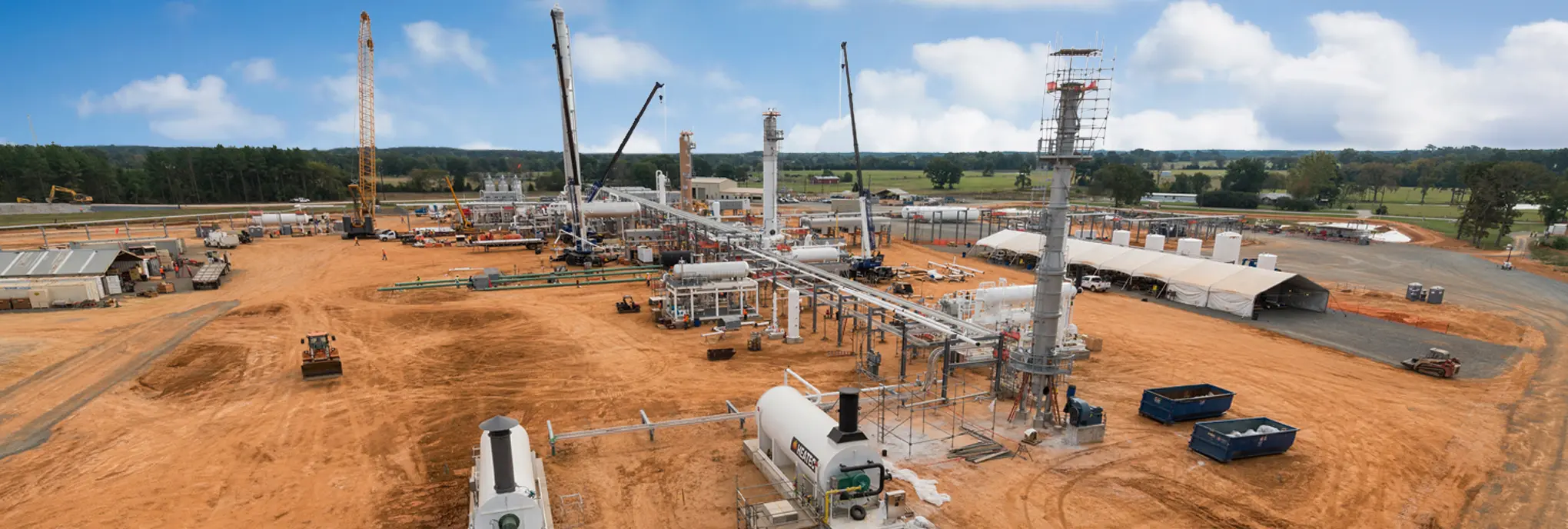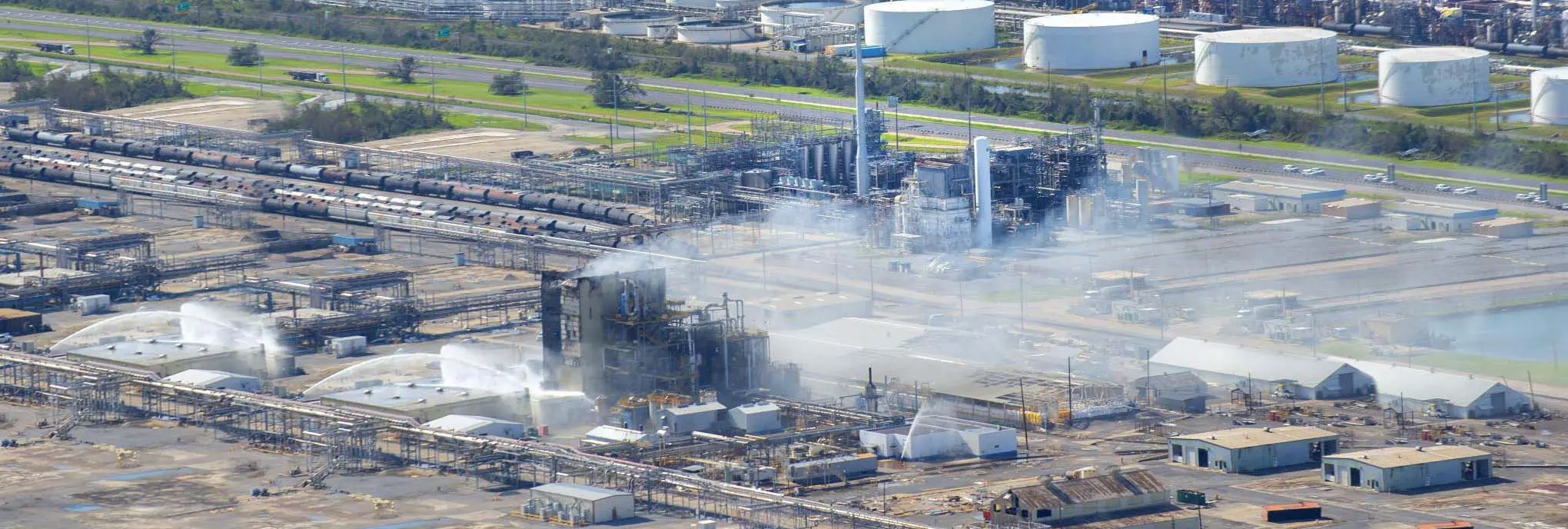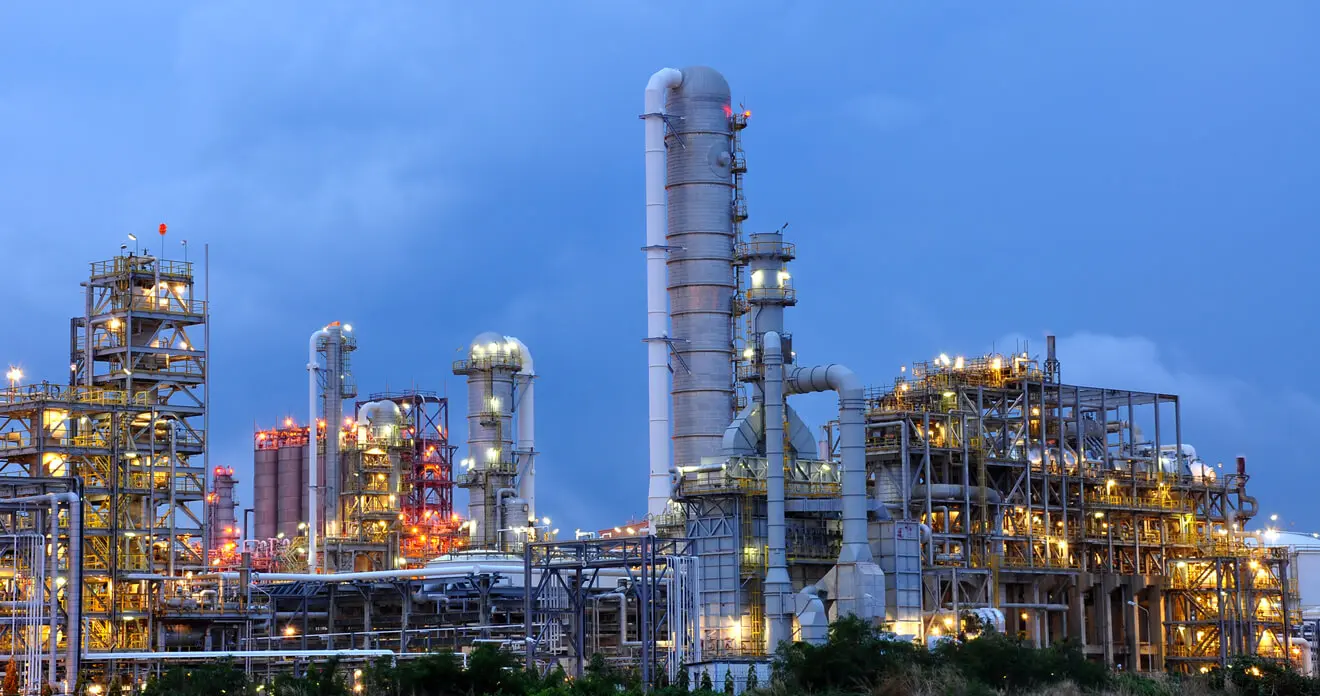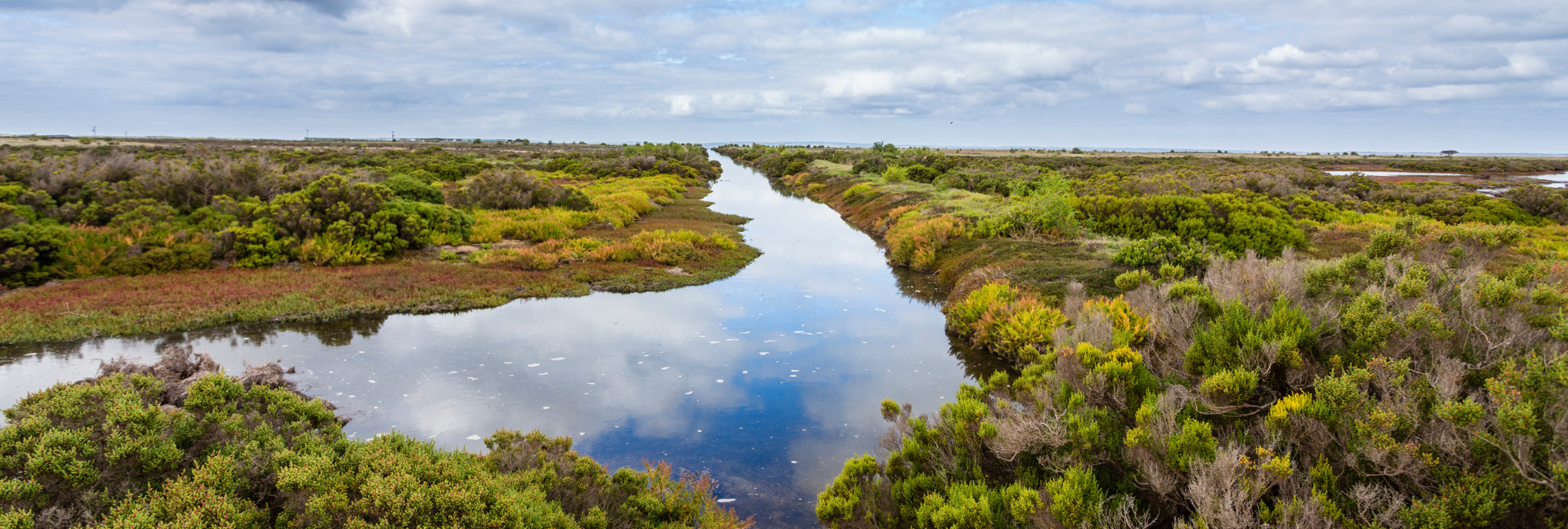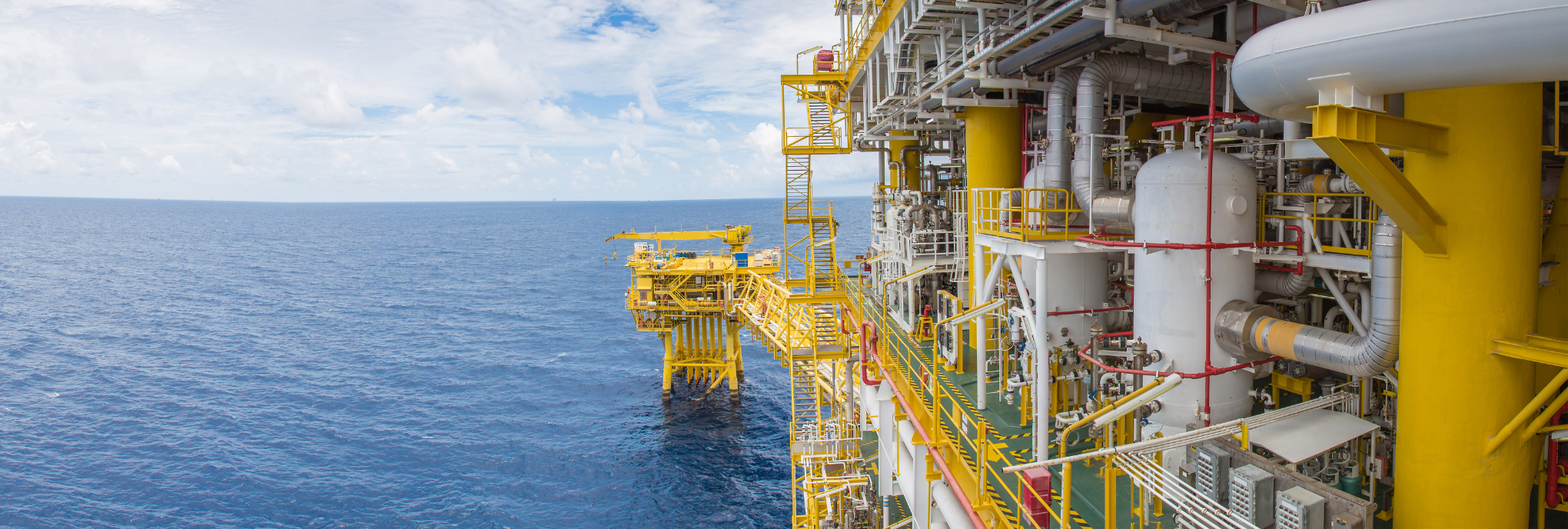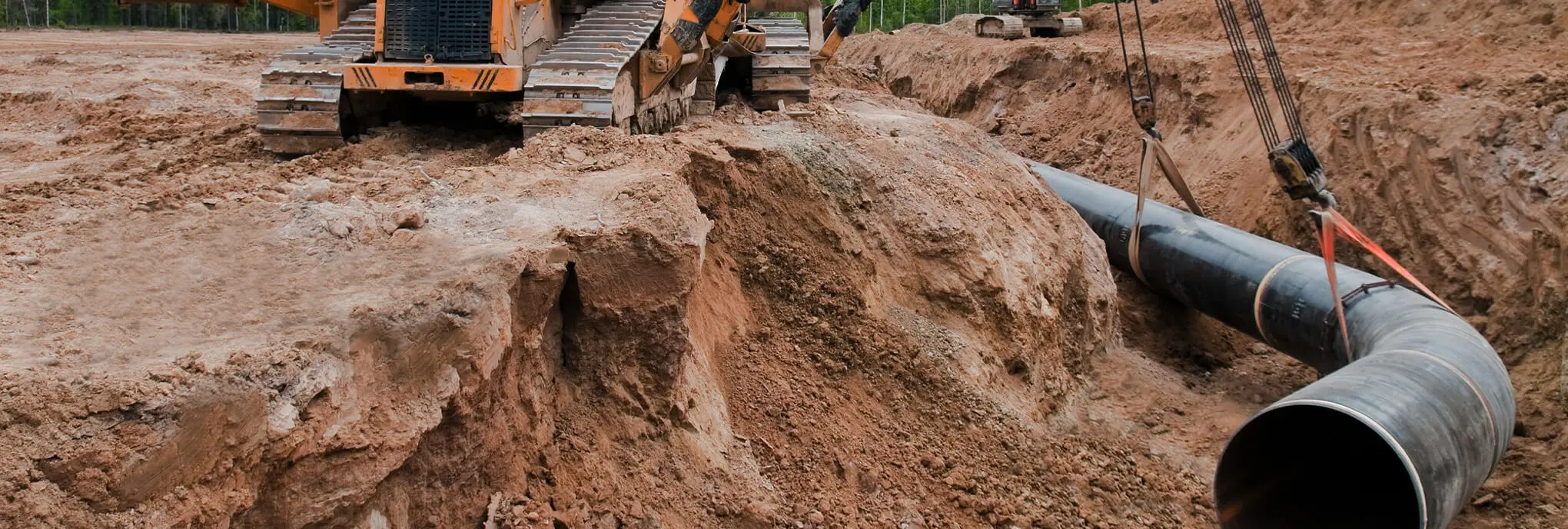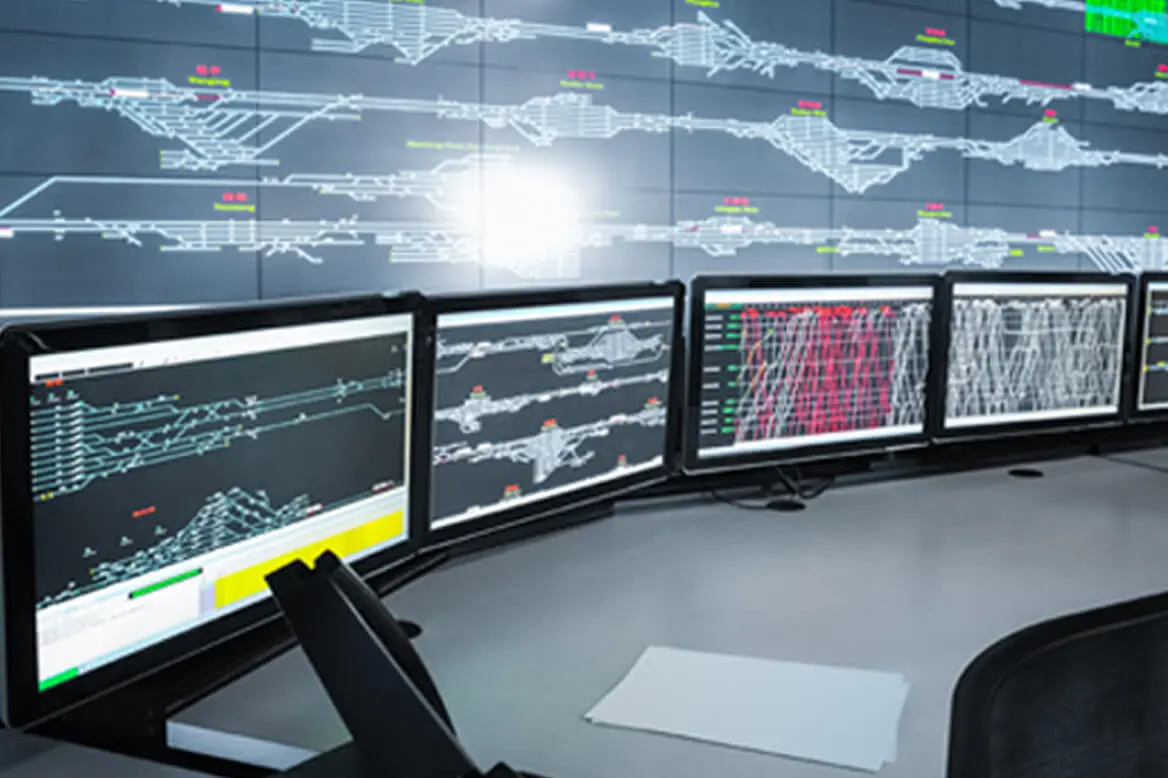

Want to share this article?
3D Laser Scanning Becoming an Invaluable Tool for Pipeline Design and Construction
Though 3D laser scanning is a relatively new technology used for the design, construction, and repair of a wide range of oil and gas-related infrastructure.
Technological advances made in imaging, digital processing, and data acquisition in recent years has greatly improved upon its capabilities. In light of these advances, 3D Laser Scanning now offers an even wider range of benefits and plays a critical role in a number of mission-critical field operations.
Advanced 3D Scanners today can be accurate to within 1 mm from well over 100 meters away and in doing so they provide engineers with a level of precision that simply cannot be achieved through traditional data acquisition methods. This capability is particularly beneficial when it comes to generating site layouts, 3D Models, and/or plans for areas where infrastructure already exists and where it doesn’t.
What at one time took a handful of workers days (if not weeks) to accomplish, can now be accomplished with 3D laser scanning technology in as a little as few hours. In addition to obtaining more accurate data from scanning, this allows for improved product output, increased safety, higher efficiency, and measurable cost savings.
Other benefits of using 3D laser scanning technology include being able to perform “clash detection” between new designs and existing conditions and being able to accurately identify piping tie-in points and clearances. Monitoring structural deflections and obtaining highly accurate data to support engineering teams also makes it ideal for grassroots, retro-fit, and as-built design projects.



